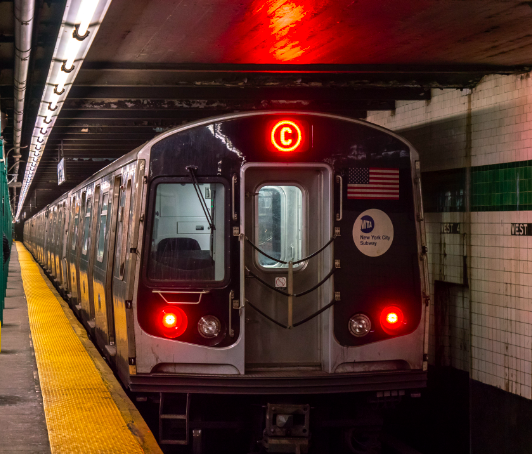Michelle Go was a 40-year-old Upper West Side resident who loved to travel and help others. When the pandemic was at its peak and many New Yorkers fled the city, Go renewed the lease on her apartment. She had lived here since graduating from NYU business school in 2010. She worked with the New York Junior League for a decade, helping many unhoused and disadvantaged individuals with resumes, job interviews and food security. An article written in The New York Times said Neighbors described her as “just the person who did everything right.” On the morning of January 15, Go waited for the subway at the Time Square 42nd Street station. At 9:30 am, she was shoved by an unhoused man in front of an arriving R-train and immediately killed. Her death was widely covered by the media due to the barbarity and seemingly unprovoked attack on an innocent citizen who was just going about her normal day. Go’s death is just one of an increasing number of fatal subway shoves in the past couple of years.
The issue of subway shoving attacks has grown, with the number of annual deaths continuing to climb. In 2020, Metropolitan Transportation Authority recorded 169 collisions between trains and people, 63 of them fatal. In 2021, there were 200 collisions resulting in 68 fatalities. As of November 17, 2022, 50 people have died so far. This adds up to a sobering total of at least 206 people killed by subways in the last three years. The issue is widespread beyond just shoving incidents. It also extends to suicides, unintentional falls, and tampering with tracks that can lead to train accidents. The issue of the public having such open access to the tracks must be addressed, and changes must be implemented in the system to protect New Yorkers and restore their trust in the safety of subways.
The solution is to block passengers’ access to the tracks by installing a barrier lining the platform edge. These barriers, also known as platform screen doors (PSDs) are partitions that separate the tracks from passengers. They consist of a sturdy partition with transparent windows at regular intervals and automatic doors placed so they line up with the train entrances. The doors only open once a train has arrived at the station, providing safety without hindering the operation or efficiency of subways. The installation of barriers is not a new concept and has proven successful in Paris, Singapore, Tokyo, and throughout China’s largest cities. In Japan, the installation of PSDs decreased train suicides by 76% and reduced the number of unintentional falls or shoving attacks to zero. In addition to protecting passengers, the barriers come with the added benefit of preventing littering that leads to track fires and delays. While it must be acknowledged that the city does have over 400 stations, the vast majority of incidents happen at the busiest locations, which would be the starting point for the installations.
The most common counterargument against PSDs is that the cost of implementing them in such a large system would cost far too much. Yet public fears around safety drive many to use alternative transportation, costing the MTA $2.6 billion dollars in yearly revenue.
The MTA is also spending $2.5 billion per mile on constructing the new Second Avenue subway line. If spending $2.5 billion per mile is in the budget, why isn’t investing $7 billion dollars into protecting 128 stations and recovering the annual revenue lost to decreased ridership? If the promise of returns on the investment is not enough, isn’t it worth it to protect the lives of those who cannot afford Uber or taxis and are put in danger with every ride? People argue that simply increasing police presence and camera surveillance is a more economical solution. Yet there were, in fact, two police officers stationed on the exact platform where Go was killed. No amount of law enforcement can stop someone if they make the split-second decision to push someone onto the tracks. The calls for change are not only coming from the public but from the experts as well. “It is high time that the MTA live up to the promise to install platform doors that can save lives,” said Charles Moerdler, a former chairman and member of the MTA board from 2010 to 2019. Even New York Mayor Eric Adams has voiced his support for the installations. They both agree the long-term benefits and profit more than justify the short-term cost of the investment in PSDs.






